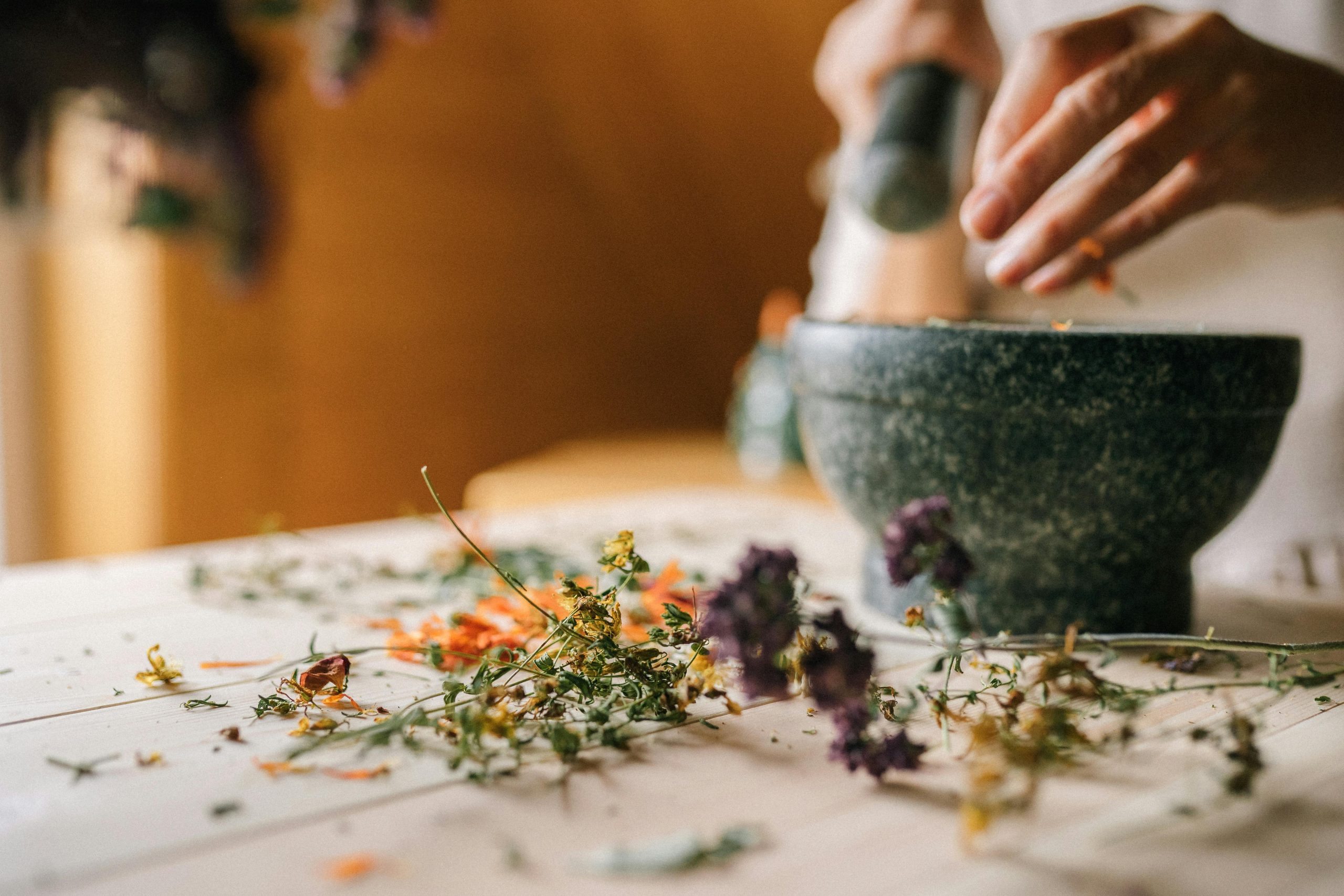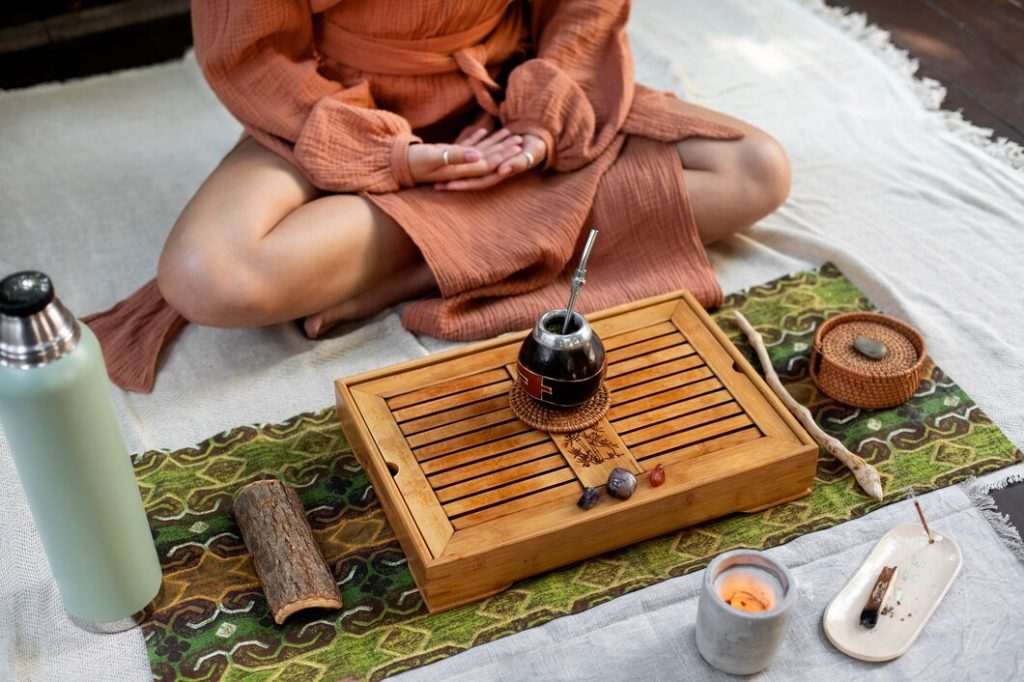UPPER RESPIRATORY TRACT ISSUES IN CHILDREN AND SOLUTIONS
Sinusitis in Children symptoms and management
Sinusitis in children often presents with symptoms similar to those in adults, though there can be some differences. Here are the common symptoms and management strategies:
Symptoms:
- Nasal Congestion : Blocked or stuffy nose.
- Discharge : Thick, colored nasal discharge.
- Cough : Persistent cough, often worse at night.
- Facial Pain : Tenderness or pain around the eyes, cheeks, or forehead.
- Fever : Elevated temperature, especially with acute sinusitis.
- Bad Breath : Often due to infection.
- Irritability or Fatigue : General discomfort and tiredness.
Management
- Hydration: Ensure the child drinks plenty of fluids to help thin mucus.
- Nasal Irrigation: Use saline nasal sprays or a neti pot to keep nasal passages moist.
- Warm Compresses: Apply warm compresses to the face to relieve pain.
- Humidifier: Use a humidifier in the child’s room to keep the air moist.
- Pain Relief: Over-the-counter pain relievers like acetaminophen or ibuprofen can help with discomfort and fever.
- Antibiotics: If a bacterial infection is suspected, a doctor might prescribe antibiotics. Most sinusitis cases in children are viral, so antibiotics are not always needed.
- Consult a Doctor: If symptoms persist for more than 10 days, worsen, or are severe, seek medical advice. A doctor might recommend further treatment or evaluation, especially if sinusitis is recurrent or chronic.
It’s important to consult a healthcare professional before starting any treatment to ensure it’s appropriate for the child’s condition.
Prevention and Care taken for Sinusitis in Children
To help prevent sinusitis and manage it effectively in children, consider the following:
Prevention:
- Good Hygiene: Encourage regular hand washing to reduce the risk of infections.
- Avoid Irritants: Minimize exposure to smoke, strong odors, and allergens that can irritate the nasal passages.
- Keep Allergies in Check: Manage any allergies with appropriate medications or treatments to prevent sinusitis triggered by allergic reactions.
- Hydrate: Ensure the child drinks enough fluids to keep mucus thin and flowing.
- Healthy Environment: Maintain a clean home environment and use air purifiers if necessary to reduce allergens.
- Nasal Hygiene: Teach proper nasal hygiene, including the use of saline nasal sprays to keep nasal passages moist.
Care:
- Regular Monitoring: Keep track of any symptoms and their progression. Seek medical advice if symptoms worsen or do not improve.
- Comfort Measures: Use a humidifier in the child’s room and apply warm compresses to relieve discomfort.
- Medication Management: Follow the healthcare provider’s instructions for any prescribed medications, including antibiotics if needed.
- Rest: Ensure the child gets adequate rest to help their immune system fight off infections.
- Follow-Up Care: Attend follow-up appointments if prescribed by the healthcare provider to monitor the condition and prevent recurrence.
By combining preventive measures with appropriate care, you can help minimize the risk and impact of sinusitis in children.
Management in Ayurveda for these Children
In Ayurveda, the management of sinusitis in children involves balancing the body’s doshas (Vata, Pitta, and Kapha) and improving overall health through natural remedies. Here are some Ayurvedic approaches:
Dietary Recommendations:
- Warm Foods: Encourage warm, cooked foods that are easy to digest. Avoid cold and heavy foods that can aggravate mucus production.
- Spices: Use mild spices such as turmeric, ginger, and cumin, which have anti-inflammatory and antimicrobial properties.
- Hydration: Ensure the child drinks warm herbal teas or water to help thin mucus.
Herbal Remedies:
- Triphala: A traditional Ayurvedic formulation that helps in balancing the digestive system and supports overall health.
- Tulsi (Holy Basil): Known for its immune-boosting and anti-inflammatory properties. It can be given as a tea or in supplement form.
- Pippali: Enhances the effectiveness of other herbs and helps with respiratory health. Consult with an Ayurvedic practitioner for appropriate dosage.
Nasal Care:
- Nasya Therapy: The application of medicated oils like Anu Taila or other soothing oils in the nasal passages can help alleviate congestion and support sinus health.
- Steam Inhalation: Inhaling steam infused with essential oils like eucalyptus or sandalwood can help clear nasal passages and reduce congestion.
Lifestyle Recommendations:
- Routine: Maintain a regular daily routine to support overall health and immune function.
- Physical Activity: Encourage gentle exercise to support respiratory health and overall vitality.
- Rest: Ensure the child gets adequate rest to support recovery and immune function.
Consultation:
It’s important to consult with a qualified Ayurvedic practitioner before starting any new treatments to ensure they are suitable for the child’s specific needs and health conditions.
How yoga helps in Sinusitis in Children
Yoga can be beneficial for children with sinusitis by promoting overall health, reducing symptoms, and improving respiratory function. Here are some ways yoga can help:
Breathing Exercises:
- Nadi Shodhana (Alternate Nostril Breathing): This technique helps balance the nasal passages and improve airflow.
- Deep Breathing: Encourages full lung expansion, which can help clear mucus and improve oxygen flow.
Poses:
- Child’s Pose (Balasana): Promotes relaxation and can help relieve sinus pressure.
- Downward-Facing Dog (Adho Mukha Svanasana): Helps drain mucus from the sinuses by positioning the head lower than the heart.
- Forward Bend (Uttanasana): Can help open nasal passages and relieve congestion.
Relaxation Techniques:
- Corpse Pose (Savasana): Helps the child relax and reduce stress, which can aid in overall health and recovery.
- Gentle Stretching: Helps reduce tension and improve circulation, which can be beneficial for sinus health.
Additional Benefits:
- Stress Reduction: Yoga helps lower stress levels, which can strengthen the immune system and reduce the likelihood of infections.
- Improved Sleep: Regular practice can improve sleep quality, which is important for recovery.
When incorporating yoga for children with sinusitis, it’s important to ensure that the poses are suitable for their age and physical condition. Always consider consulting with a healthcare provider before starting new treatments or exercises.
Yoga can be beneficial for children with sinusitis by promoting overall health, reducing symptoms, and improving respiratory function. Here are some ways yoga can help:
Breathing Exercises
- Nadi Shodhana (Alternate Nostril Breathing): This technique helps balance the nasal passages and improve airflow.
- Deep Breathing: Encourages full lung expansion, which can help clear mucus and improve oxygen flow.
Poses:
- Child’s Pose (Balasana): Promotes relaxation and can help relieve sinus pressure.
- Downward-Facing Dog (Adho Mukha Svanasana): Helps drain mucus from the sinuses by positioning the head lower than the heart.
- Forward Bend (Uttanasana): Can help open nasal passages and relieve congestion.
Relaxation Techniques:
- Corpse Pose (Savasana): Helps the child relax and reduce stress, which can aid in overall health and recovery.
- Gentle Stretching: Helps reduce tension and improve circulation, which can be beneficial for sinus health.
Rest and Hydration:
Ensure your child gets plenty of rest and drinks fluids like water, clear soups, or oral rehydration solutions to stay hydrated.
Humidifier:
Use a humidifier in their room to keep the air moist, which can help ease congestion and coughing.
Saline Drops:
For infants, saline drops can help clear nasal passages.
Over-the-counter Medications:
Use age-appropriate over-the-counter medications for fever and pain, following dosage guidelines carefully.
Healthy Diet:
Encourage a nutritious diet to support their immune system.
Avoid Exposure:
Keep them away from smoke and other irritants.
Medical Attention:
Consult a doctor if symptoms worsen or if your child has difficulty breathing, persistent high fever, or other concerning symptoms.
Preventive measures like regular handwashing and keeping vaccinations up to date also help reduce the risk of infections.
Asthma in children is a common chronic respiratory condition characterized by inflammation and narrowing of the airways.
Common symptoms include wheezing, coughing, shortness of breath, and chest tightness. It’s crucial to work closely with a healthcare professional to manage and treat asthma in children, typically using inhalers and creating an asthma action plan tailored to the child’s needs.
Regular check-ups and identifying triggers can help in effective management.
Ayurvedic treatments for asthma often focus on balancing doshas (Vata, Pitta, and Kapha) to address the root cause. Common approaches may include herbal remedies, dietary adjustments, and lifestyle changes. Consultation with an experienced Ayurvedic practitioner is essential for personalized recommendations. Some herbs like Tulsi (holy basil) and Vasaka are believed to have respiratory benefits.
However, it’s crucial to integrate Ayurvedic treatments with conventional medical advice, especially for chronic conditions like asthma. Always consult with healthcare professionals before starting any new treatment.
While home remedies can complement medical treatments, they should not replace professional advice.
For asthma, consider:
- Steam inhalation: Inhaling steam may help alleviate symptoms.
- Honey: Mixing honey with warm water is thought to soothe the throat.
- Ginger tea: Known for its anti-inflammatory properties, ginger tea may provide relief.
- Eucalyptus oil: Adding a few drops to a humidifier may help open airways.
Always consult with a healthcare professional before relying solely on home remedies, especially for a chronic condition like asthma.
Yastimadhu herb
In the realm of traditional medicine, certain herbs have stood the test of time, offering a plethora of health benefits. One such herb, deeply rooted in ancient Ayurvedic practices, is Yastimadhu, commonly known as Licorice Root.
Medicinal Uses and Health Benefits
The medicinal uses of Yastimadhu in traditional Ayurvedic medicine, where it is prized for its anti-inflammatory, expectorant, and digestive properties. It has a role in treating various health conditions, including respiratory ailments, digestive disorders, and skin issues, backed by scientific research.
How is Yashtimadhu useful:
Yastimadhu, also known as licorice root, has several potential health benefits. It is commonly used in traditional medicine systems like Ayurveda and Traditional Chinese Medicine. Some of its uses include:
- Digestive Health: Yastimadhu can soothe gastrointestinal issues such as indigestion, heartburn, and ulcers due to its anti-inflammatory properties.
- Respiratory Health: It is used to alleviate respiratory conditions like coughs, sore throats, and bronchitis. Its demulcent properties help soothe irritated mucous membranes.
- Anti-inflammatory: Yastimadhu contains glycyrrhizin, which has anti-inflammatory effects and may help reduce inflammation in conditions like arthritis.
- Antioxidant: It has antioxidant properties that can help protect cells from damage caused by free radicals.
- Skin Health: Yastimadhu is sometimes used topically to treat skin conditions like eczema and psoriasis due to its anti-inflammatory and moisturizing effects.
- Hormonal Balance: In some traditional medicine systems, Yastimadhu is believed to support hormonal balance, particularly in women.
As with any herbal remedy, it’s essential to use Yastimadhu under the guidance of a healthcare professional, especially if you have any underlying health conditions or are taking medications.
Benefits of Mulethi herb
Mulethi, also known as licorice root, has several potential health benefits:
- Sore Throat Relief: Mulethi has been traditionally used to soothe sore throats and reduce throat irritation due to its anti-inflammatory properties.
- Digestive Health: It may aid in digestive issues like indigestion, heartburn, and stomach ulcers by promoting mucus production in the stomach lining, which can protect against stomach acid.
- Respiratory Support: Mulethi has expectorant properties that can help loosen and expel phlegm from the respiratory tract, making it beneficial for conditions like bronchitis and asthma.
- Anti-inflammatory: Its anti-inflammatory properties may help reduce inflammation in conditions like arthritis and other inflammatory disorders.
- Cough Suppressant: Mulethi may act as a cough suppressant by soothing the throat and suppressing the cough reflex.
- Immune System Support: Some research suggests that Mulethi may support the immune system by stimulating the production of interferon, a key component of the body’s defense against viral infections.
- Skin Benefits: It’s also used in skincare products for its potential to lighten dark spots, reduce redness, and soothe irritated skin.
However, it’s important to note that while Mulethi offers potential health benefits, it should be consumed in moderation as excessive intake can lead to side effects such as hypertension and potassium imbalance. Always consult with a healthcare professional before using it as a remedy, especially if you have any underlying health conditions or are taking medications.
How is Mulethi used in various diseases
Mulethi, also known as licorice root, is used in various traditional medicine systems for its potential health benefits. Here are some ways it’s used in managing different health conditions:
- Respiratory Issues: Mulethi is commonly used to alleviate symptoms of respiratory ailments like cough, cold, sore throat, and bronchitis. It may help soothe throat irritation and reduce inflammation in the respiratory tract.
- Digestive Disorders: It is believed that mulethi can help with digestive issues such as indigestion, heartburn, and stomach ulcers. It’s often used to promote digestive health and soothe gastrointestinal discomfort.
- Adrenal Fatigue: Some traditional medicine practitioners use mulethi to support adrenal gland function and alleviate symptoms of adrenal fatigue, such as fatigue, low energy levels, and stress.
- Anti-inflammatory: Mulethi contains compounds with anti-inflammatory properties, which may help reduce inflammation in various parts of the body. It’s sometimes used topically for skin conditions like eczema and psoriasis.
- Immune Support: It’s believed that mulethi can boost the immune system and help the body fight off infections. It’s often included in herbal formulations designed to support overall immune function.
- Hormonal Balance: In some traditional medicine practices, mulethi is used to support hormonal balance, particularly in women. It’s sometimes recommended for conditions like polycystic ovary syndrome (PCOS) and menstrual irregularities.
- Liver Health: Mulethi is thought to have hepatoprotective properties, meaning it may help protect the liver from damage and support its detoxification functions. It’s sometimes used in liver detoxification protocols.
- Anti-viral: Some research suggests that certain compounds in mulethi may have antiviral properties, which could potentially help in the management of viral infections.
It’s important to note that while mulethi has been used for centuries in traditional medicine systems, more research is needed to fully understand its effects and confirm its safety and efficacy for various health conditions. Additionally, it’s essential to use mulethi under the guidance of a healthcare professional, especially if you have any underlying health conditions or are taking medications.
Ayurvedic treatments for asthma often focus on balancing doshas (Vata, Pitta, and Kapha) to address the root cause. Common approaches may include herbal remedies, dietary adjustments, and lifestyle changes. Consultation with an experienced Ayurvedic practitioner is essential for personalized recommendations. Some herbs like Tulsi (holy basil) and Vasaka are believed to have respiratory benefits.
However, it’s crucial to integrate Ayurvedic treatments with conventional medical advice, especially for chronic conditions like asthma. Always consult with healthcare professionals before starting any new treatment.
While home remedies can complement medical treatments, they should not replace professional advice.
For asthma, consider:
- Steam inhalation: Inhaling steam may help alleviate symptoms.
- Honey: Mixing honey with warm water is thought to soothe the throat.
- Ginger tea: Known for its anti-inflammatory properties, ginger tea may provide relief.
- Eucalyptus oil: Adding a few drops to a humidifier may help open airways.
Always consult with a healthcare professional before relying solely on home remedies, especially for a chronic condition like asthma.
Yastimadhu herb
Introduction:
In the realm of traditional medicine, certain herbs have stood the test of time, offering a plethora of health benefits. One such herb, deeply rooted in ancient Ayurvedic practices, is Yastimadhu, commonly known as Licorice Root.
Medicinal Uses and Health Benefits
The medicinal uses of Yastimadhu in traditional Ayurvedic medicine, where it is prized for its anti-inflammatory, expectorant, and digestive properties.
It has a role in treating various health conditions, including respiratory ailments, digestive disorders, and skin issues, backed by scientific research.
How is Yashtimadhu useful:
Yastimadhu, also known as licorice root, has several potential health benefits. It is commonly used in traditional medicine systems like Ayurveda and Traditional Chinese Medicine. Some of its uses include:
Digestive Health: Yastimadhu can soothe gastrointestinal issues such as indigestion, heartburn, and ulcers due to its anti-inflammatory properties.
Respiratory Health: It is used to alleviate respiratory conditions like coughs, sore throats, and bronchitis. Its demulcent properties help soothe irritated mucous membranes.
Anti-inflammatory: Yastimadhu contains glycyrrhizin, which has anti-inflammatory effects and may help reduce inflammation in conditions like arthritis.
Antioxidant: It has antioxidant properties that can help protect cells from damage caused by free radicals.
Skin Health: Yastimadhu is sometimes used topically to treat skin conditions like eczema and psoriasis due to its anti-inflammatory and moisturizing effects.
Hormonal Balance: In some traditional medicine systems, Yastimadhu is believed to support hormonal balance, particularly in women.
As with any herbal remedy, it’s essential to use Yastimadhu under the guidance of a healthcare professional, especially if you have any underlying health conditions or are taking medications.
Benefits of Mulethi herb
Mulethi, also known as licorice root, has several potential health benefits:
Sore Throat Relief: Mulethi has been traditionally used to soothe sore throats and reduce throat irritation due to its anti-inflammatory properties.
Digestive Health: It may aid in digestive issues like indigestion, heartburn, and stomach ulcers by promoting mucus production in the stomach lining, which can protect against stomach acid.
Respiratory Support: Mulethi has expectorant properties that can help loosen and expel phlegm from the respiratory tract, making it beneficial for conditions like bronchitis and asthma.
Anti-inflammatory: Its anti-inflammatory properties may help reduce inflammation in conditions like arthritis and other inflammatory disorders.
Cough Suppressant: Mulethi may act as a cough suppressant by soothing the throat and suppressing the cough reflex.
Immune System Support: Some research suggests that Mulethi may support the immune system by stimulating the production of interferon, a key component of the body’s defense against viral infections.
Skin Benefits: It’s also used in skincare products for its potential to lighten dark spots, reduce redness, and soothe irritated skin.
However, it’s important to note that while Mulethi offers potential health benefits, it should be consumed in moderation as excessive intake can lead to side effects such as hypertension and potassium imbalance. Always consult with a healthcare professional before using it as a remedy, especially if you have any underlying health conditions or are taking medications.
How is Mulethi used in various diseases
Mulethi, also known as licorice root, is used in various traditional medicine systems for its potential health benefits. Here are some ways it’s used in managing different health conditions:
Respiratory Issues: Mulethi is commonly used to alleviate symptoms of respiratory ailments like cough, cold, sore throat, and bronchitis. It may help soothe throat irritation and reduce inflammation in the respiratory tract.
Digestive Disorders: It is believed that mulethi can help with digestive issues such as indigestion, heartburn, and stomach ulcers. It’s often used to promote digestive health and soothe gastrointestinal discomfort.
Adrenal Fatigue: Some traditional medicine practitioners use mulethi to support adrenal gland function and alleviate symptoms of adrenal fatigue, such as fatigue, low energy levels, and stress.
Anti-inflammatory: Mulethi contains compounds with anti-inflammatory properties, which may help reduce inflammation in various parts of the body. It’s sometimes used topically for skin conditions like eczema and psoriasis.
Immune Support: It’s believed that mulethi can boost the immune system and help the body fight off infections. It’s often included in herbal formulations designed to support overall immune function.
Hormonal Balance: In some traditional medicine practices, mulethi is used to support hormonal balance, particularly in women. It’s sometimes recommended for conditions like polycystic ovary syndrome (PCOS) and menstrual irregularities.
Liver Health: Mulethi is thought to have hepatoprotective properties, meaning it may help protect the liver from damage and support its detoxification functions. It’s sometimes used in liver detoxification protocols.
Anti-viral: Some research suggests that certain compounds in mulethi may have antiviral properties, which could potentially help in the management of viral infections.
It’s important to note that while mulethi has been used for centuries in traditional medicine systems, more research is needed to fully understand its effects and confirm its safety and efficacy for various health conditions. Additionally, it’s essential to use mulethi under the guidance of a healthcare professional, especially if you have any underlying health conditions or are taking medications.





